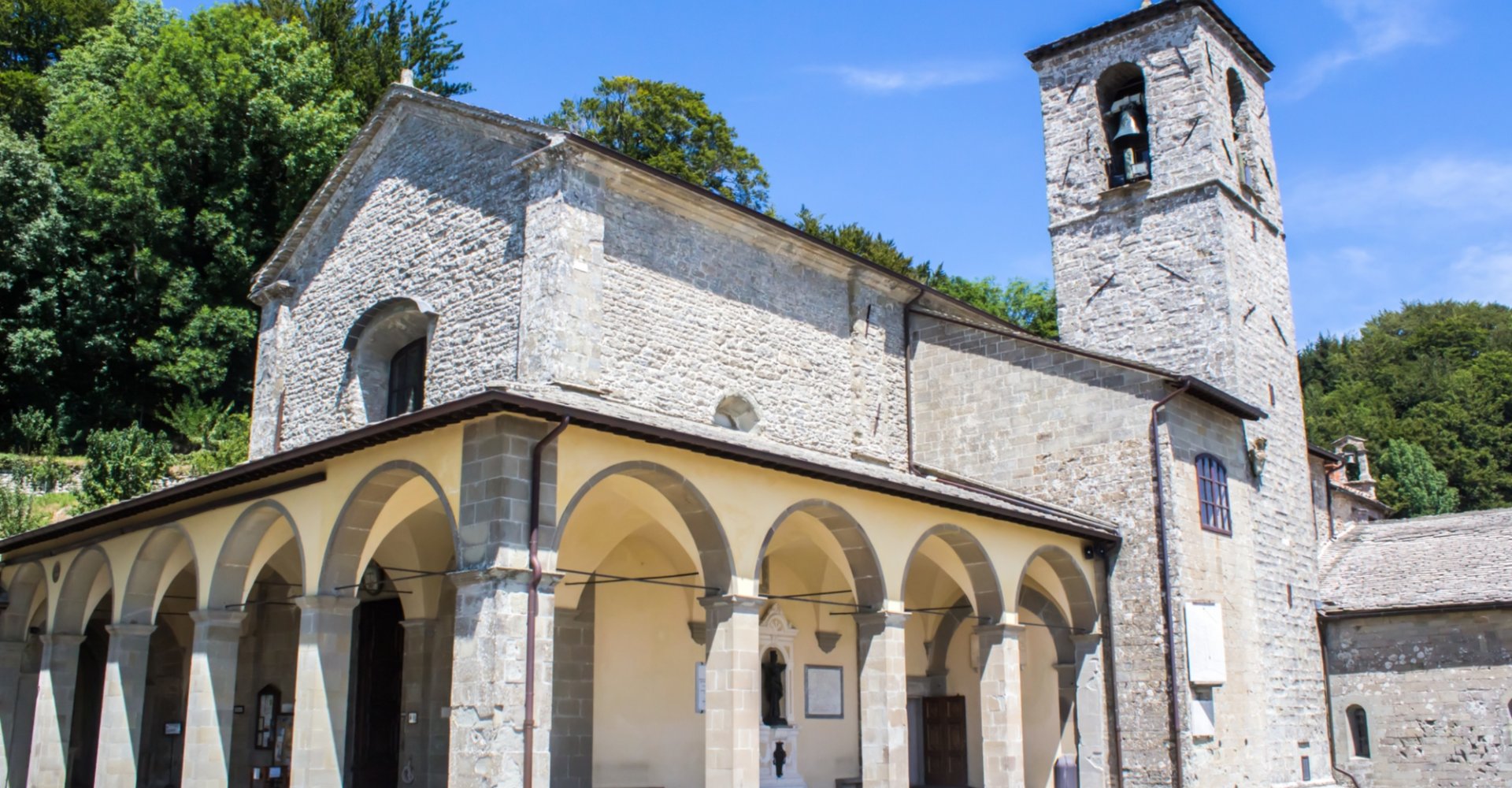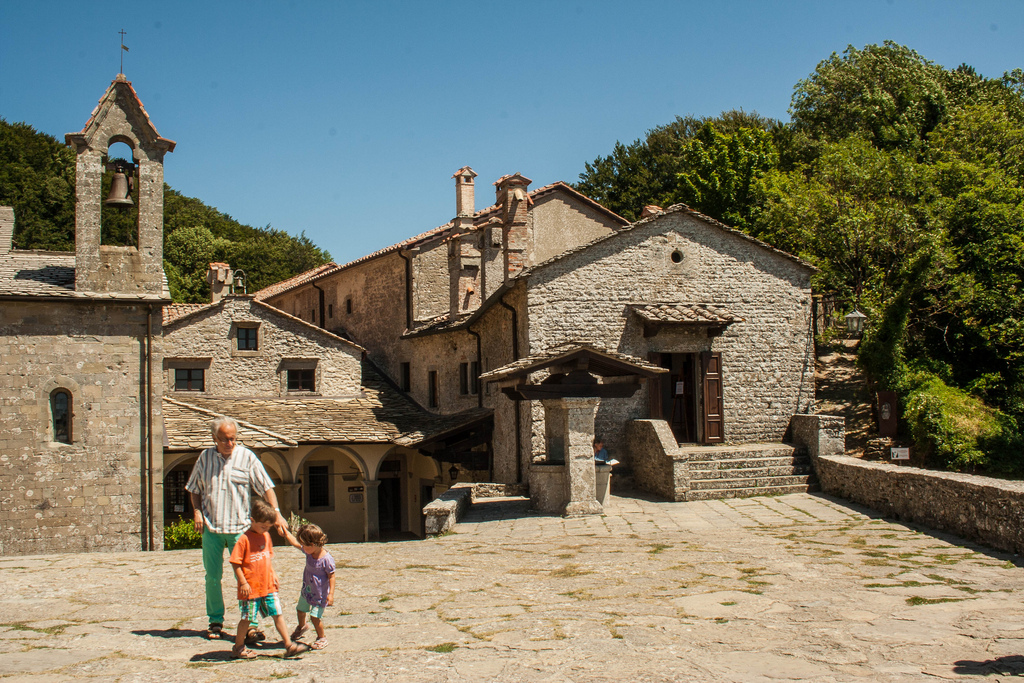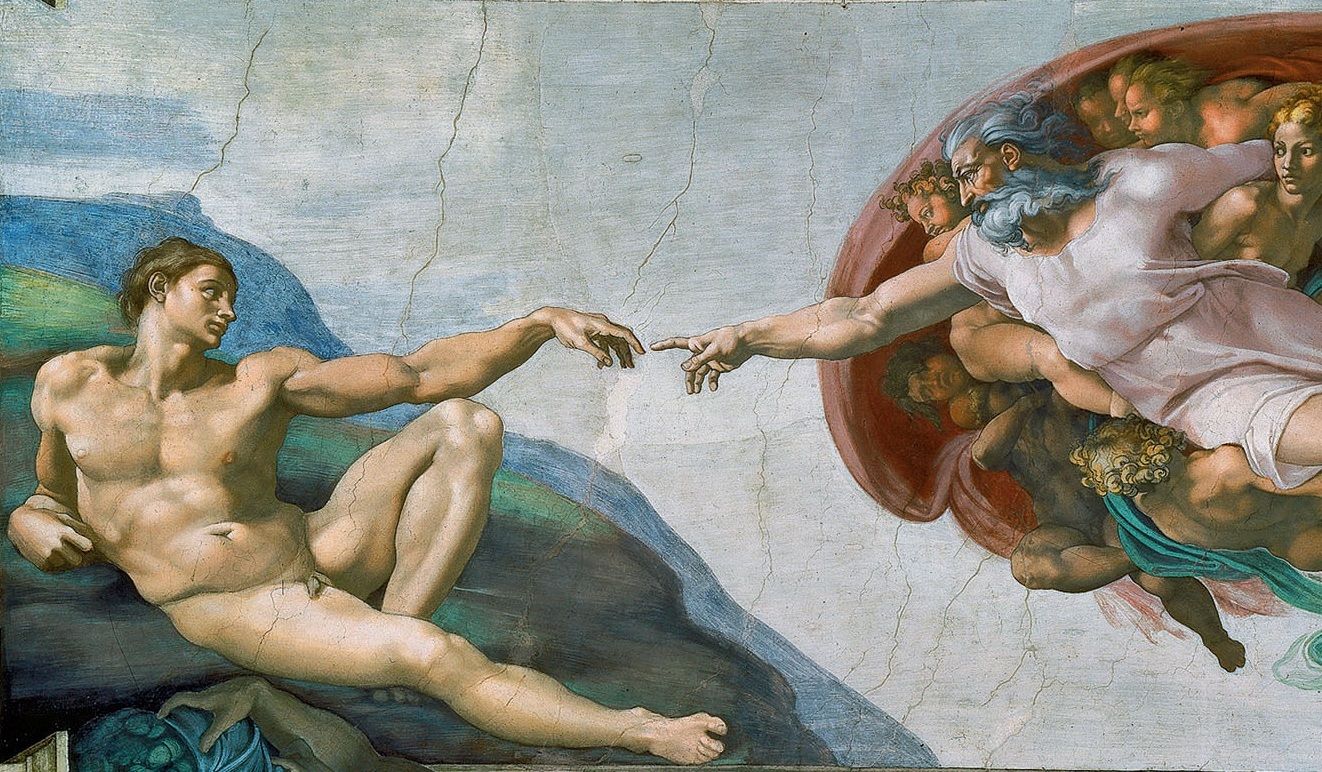
La Verna Sanctuary and Museum
A destination for pilgrims from all over the world, La Verna is a place where unspoiled nature is wedded with culture and faith
It was in the earliest years of the thirteenth century that the one of the most important Franciscan sanctuaries was built in the Tuscan Apennines. Standing on Mount Verna, which Saint Francis of Assisi chose as its location, the monastic complex is today the end-point of pilgrimages from every corner of the world. It all started when Francis met Count Orlando Cattani, the local feudal lord, who was persuaded to donate the mountain of La Verna to the friar.
The sanctuary's location, standing on a cliff amidst the greenery of the Casentino woods, makes it one of the most beautiful in Italy, and its close connection to Saint Francis makes it one of the most significant. Even Dante wrote admiringly of it, when in Paradiso XI (106-108) he refers to it as a crudo sasso (naked crag) and recounts the story of the final seal, the stigmata that Francis received.

A place of prayer and reflection, La Verna is where Saint Francis received the stigmata on September 17, 1224. It is a place where nature and spirituality find their equilibrium, and where the beauty of unspoiled landscapes encompasses faith, history and culture. The complex also includes the small church of Santa Maria degli Angeli, built by Francis himself; the corridor and the Chapel of the Holy Stigmata, and the Basilica di Santa Maria Assunta, where even today you can wonder at an Annunciation, one of Andrea della Robbia's sculptural masterworks.
The La Verna Museum, which is found inside the sanctuary, takes visitors through life in the ancient monastery, through three large fifteenth-century halls and the "common fire" room, where the brothers would spend cold winter evenings together. Precious objects from the liturgy are on display here, including a bronze reliquary, but also a few paintings from the Florentine school of the fifteenth and sixteenth centuries. Among the other artworks, one standout is a ceramic image of Christ attributed to Andrea della Robbia.

The views that can be seen from the village of Chiusi Della Verna, which overlooks the Casentino valley, has bewitched writers and artists of the stature of Dante and Michelangelo, never mind the Della Robbia family. In The Creation of Adam in the Sistine Chapel, we can note a close resemblance between the real landscape and that which Michelangelo used as his background. The profile of the rock on which Adam half-reclines swims into our vision as we reach the modern farmhouse of Chiusi della Verna, where we glimpse the view that Michelangelo faithfully transcribed into his masterpiece.

The La Verna Sanctuary has always represented and continues to represent a place of peace, where one can see oneself and one's values with clarity. But even more importantly, it represents a perfect marriage between the work of man and the unpolluted natural world around.